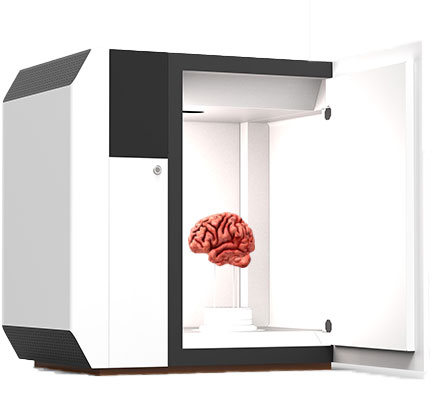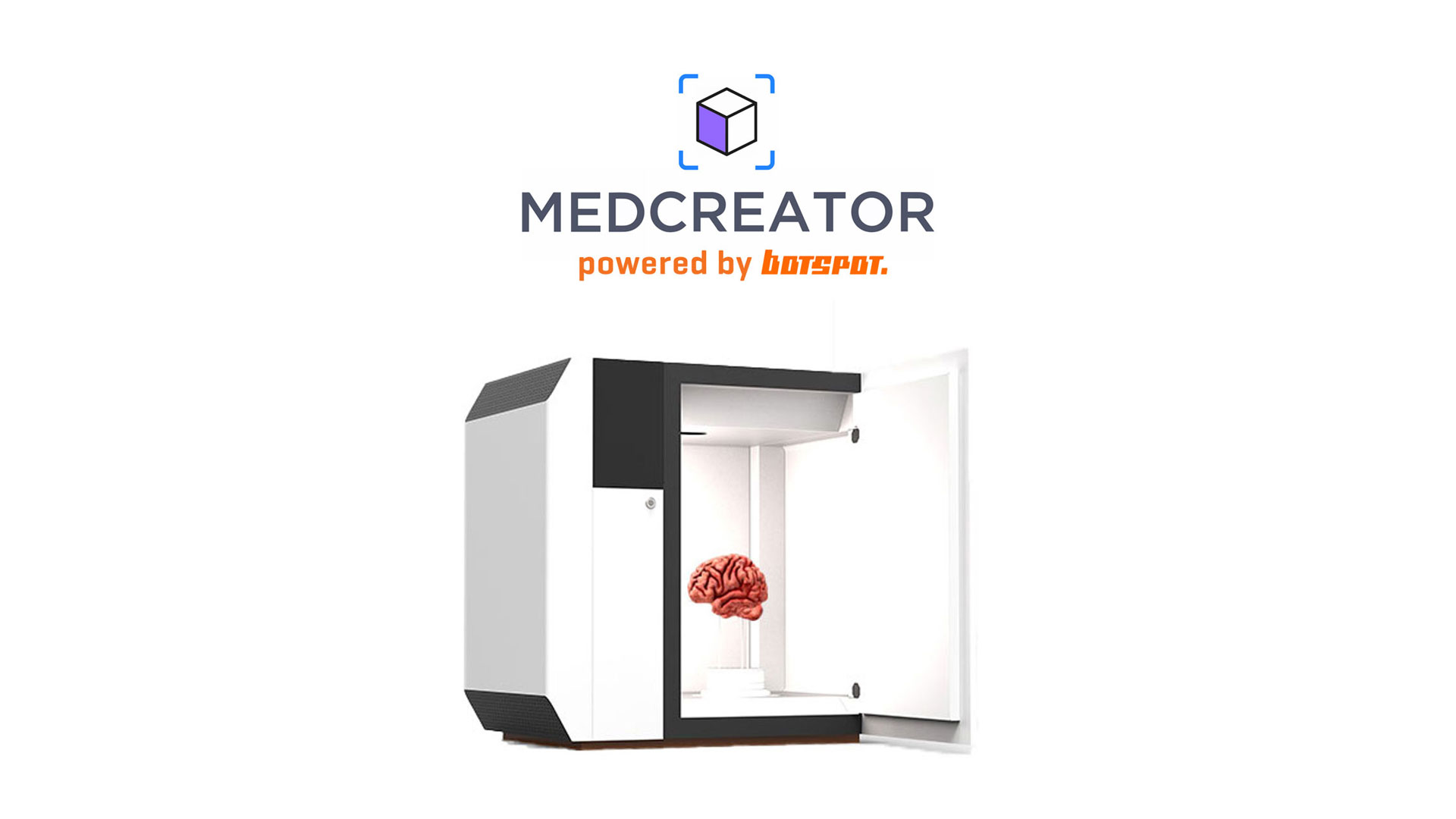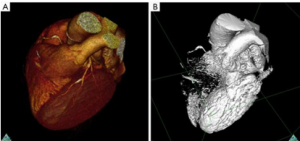The advent of 3D printers has made the creation and possession of 3D medical models more ubiquitous. 3D medical models can be created a few different ways and for a couple of different purposes. Initially, 3D models were created based on artist renderings. As technology has progressed, we’ve moved away from artist renderings, towards more realistic renderings created from MRI and CT scans via segmentation or physical specimens in 3D scanners. Using a combination of cameras, lasers and software, 3D scanners provide a near perfect representation of an organ, complete with textural representation. They are also much simpler and require less specific medical knowledge to operate successfully than segmentation of a CT or MRI.
In the current landscape, 3D scanners can be bulky and/or time-consuming to operate. Enter MedCreator. MedCreator is a full service 3D scanner with a small physical footprint (2 ft x 2 ft x 2ft) and a streamlined operation that can greatly reduce the time and effort required to create a 3D scan.
 With MedCreator, you can simply place an organ or a specific slice of an organ into the MedCreator and hit the scan button. Depending on the level of detail you want, it will take between one and three minutes to fully scan the specimen. Contrast this with other 3D scanners which require an operator to scan a specimen from every single angle. Depending on the size and shape of the specimen, this can take quite a bit of time. Once the specimens have been scanned, there may be some manual work required to help stitch the 3D model together. With MedCreator, this manual work is completely automated and scans can even be batched so that they can be stitched together during off hours.
With MedCreator, you can simply place an organ or a specific slice of an organ into the MedCreator and hit the scan button. Depending on the level of detail you want, it will take between one and three minutes to fully scan the specimen. Contrast this with other 3D scanners which require an operator to scan a specimen from every single angle. Depending on the size and shape of the specimen, this can take quite a bit of time. Once the specimens have been scanned, there may be some manual work required to help stitch the 3D model together. With MedCreator, this manual work is completely automated and scans can even be batched so that they can be stitched together during off hours.
Often during scanning, a specimen is laid on a flat surface during the scanning process, which can result in a depression on the side that is facedown, particularly with heavier specimens like brains. MedCreator offers a holding solution that minimizes this phenomenon, allowing for these heavier specimens to retain their original shape during the scan.
These highly realistic 3D models can be stored and distributed across a series of devices using the connected MedReality system. The simplicity and efficiency of MedCreator allows for large collections of medical specimens to be catalogued and digitized quickly, while the MedReality system allows those models to be distributed to the masses and viewed in augmented reality at the touch of a button. Students no longer need to spend time in an anatomy lab to get experience with a real anatomical model. The high quality of MedCreator’s scans can be sent to be 3D printed and they can be available in full augmented reality within an hour to anybody with a cellular device and designated access to the model.
Here is a sample model produced by MedCreator:
Learning #3D #anatomy of the #heart should be available to any user on any device where the learner is. @MayoRadiology @joemaleszewski & @MedRealityApp are making that possible. #CardiacPath #cardiology #heart #AR #AugmentedReality #Virtual #XR #medtwitter #cardiotwitter pic.twitter.com/7ljNqwPaZf
— Jay Morris (@JayMorris_MD) December 17, 2020


